Papilio dardanus (the flying handkerchief, mocker swallowtail)
Papilio dardanus, is an African butterfly with several common names including
- the flying handkerchief
- mocker swallowtail
has been called “the most interesting butterfly in the world” (Poulton, 1924).
The female of the species is a master of protective disguise. The female forms are remarkably diverse and mimic other butterflies, so protecting themselves against predators.
Many of the at least 14 female forms mimic inedible butterflies.
Species detail
In contrast, males, which look very different from females, are truly monomorphic and non-mimetic.
-

Research projects
Get information about past and current research carried out to better understand this fascinating butterfly.
-

Geographic variation
Learn how the geographic variation of Papilio dardanus has led to the species being divided into subspecies.
-

Distribution and habitat
Discover the areas of the world where you can find Papilio dardanus, the type of habitat it typically lives in and what threatens it.
-

Biology
Find out the approximate size of the adult Papilio dardanus and learn about the various stages of its complete metamorphosis.
-

Behaviour
Find out about the interesting mimicking behaviour of Papilio dardanus.
-

References
Get reference material for Papilio dardanus.
Images

Many of the female forms of Papilio dardanus, of which there are at least 14, mimic inedible butterflies.
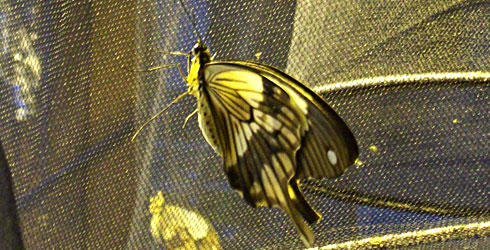
Scientists have been studying Papilio dardanus for almost a century, trying to understand its morphological diversification and the genetics underlying it.

Male Papilio dardanus. Males are truly monomorphic and non-mimetic.
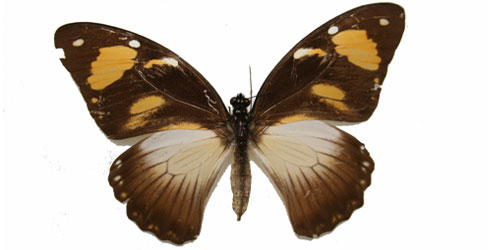
Papilio dardanus - leighi.
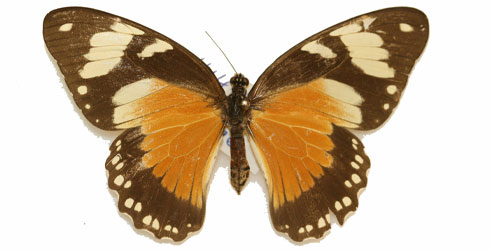
Papilio dardanus - white lamborni.
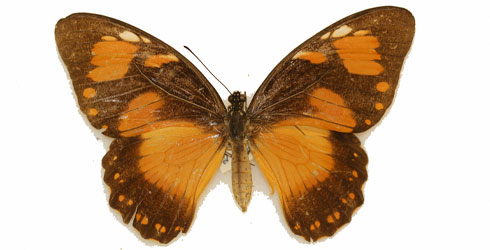
Papilio dardanus - bright poultoni.
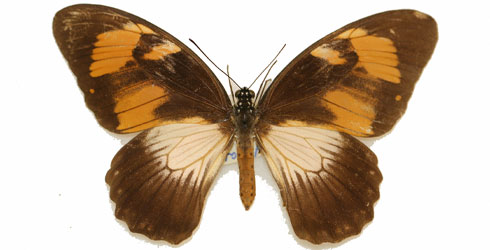
Papilio dardanus - proto planemoides.
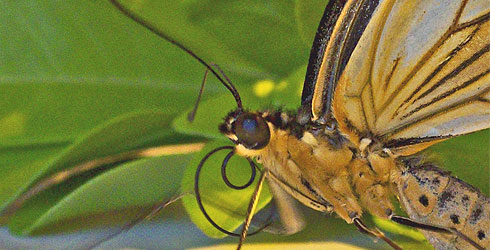
Male Papilio dardanus.
Author
Dr Martijn Timmermans
Postdoctoral scientist, Department of Entomology
